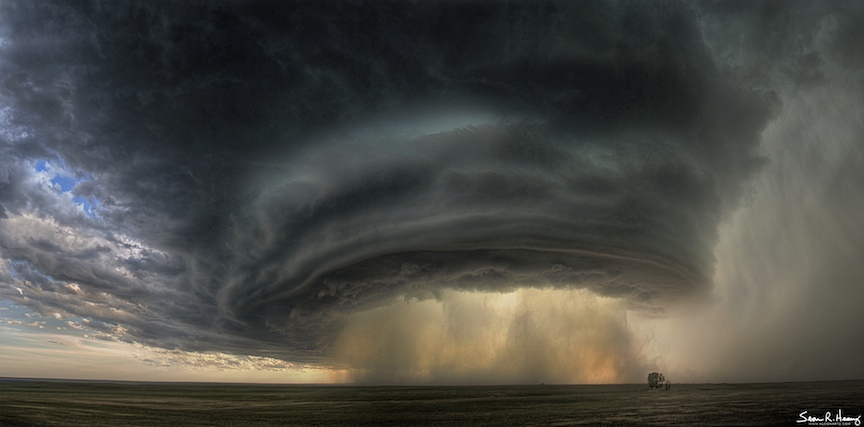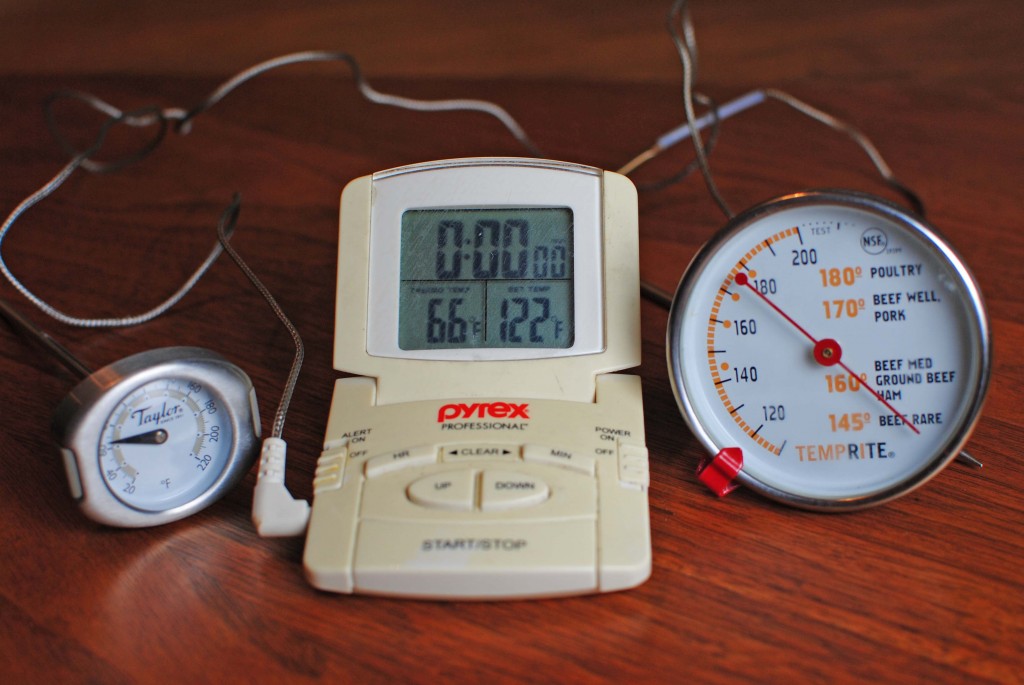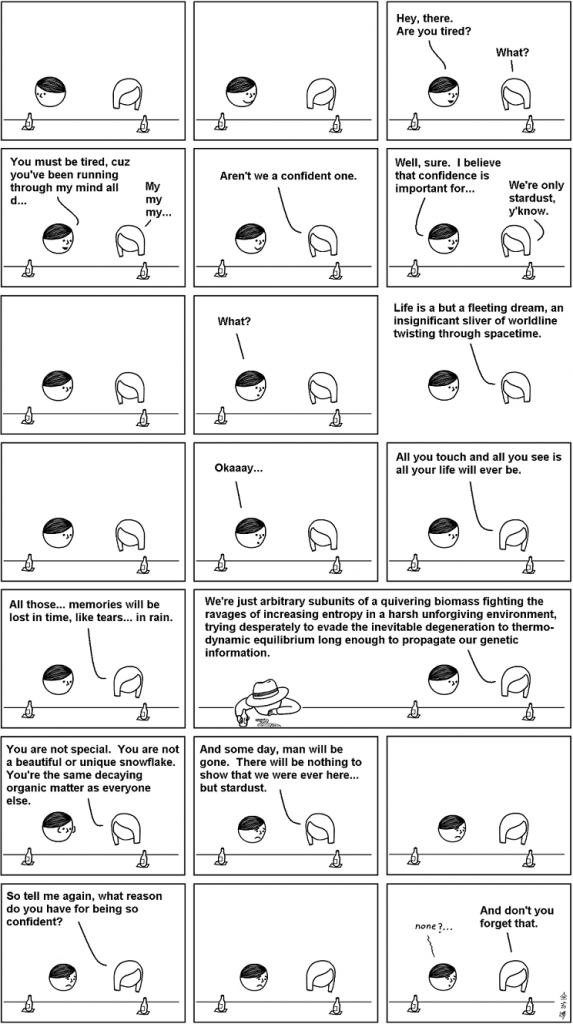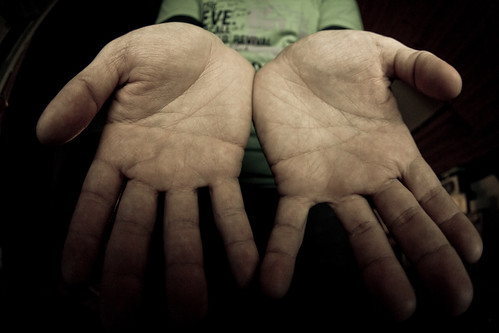Big problems for astronomers: the just-launched zillion-dollar Hubble Space Telescope couldn’t be focused; a Mars probe got to Mars and then lost contact with the earth; the 300-foot Green Bank radio telescope collapsed one night into lacy rubble. Smaller problems are below.
An amateur astronomer, after observing on his back porch one night, locked his 14.5 inch Starmaster Dobsonian at the horizontal position, put a towel over the eyepiece, and called it a night. The next morning, the wind first blew the towel off, then blew the telescope out of gear so it bobbed up into a vertical position and looked at the sky. As the morning passed, the sun hit the mirror, the mirror focused the sunlight, the eyepiece caught fire, the telescope exploded into flame, the whole back porch caught fire. The amateur wasn’t entirely dismayed: he was insured and besides, it was only the 14.5 inch Starmaster that exploded, not the 20-inch.
Continue reading





